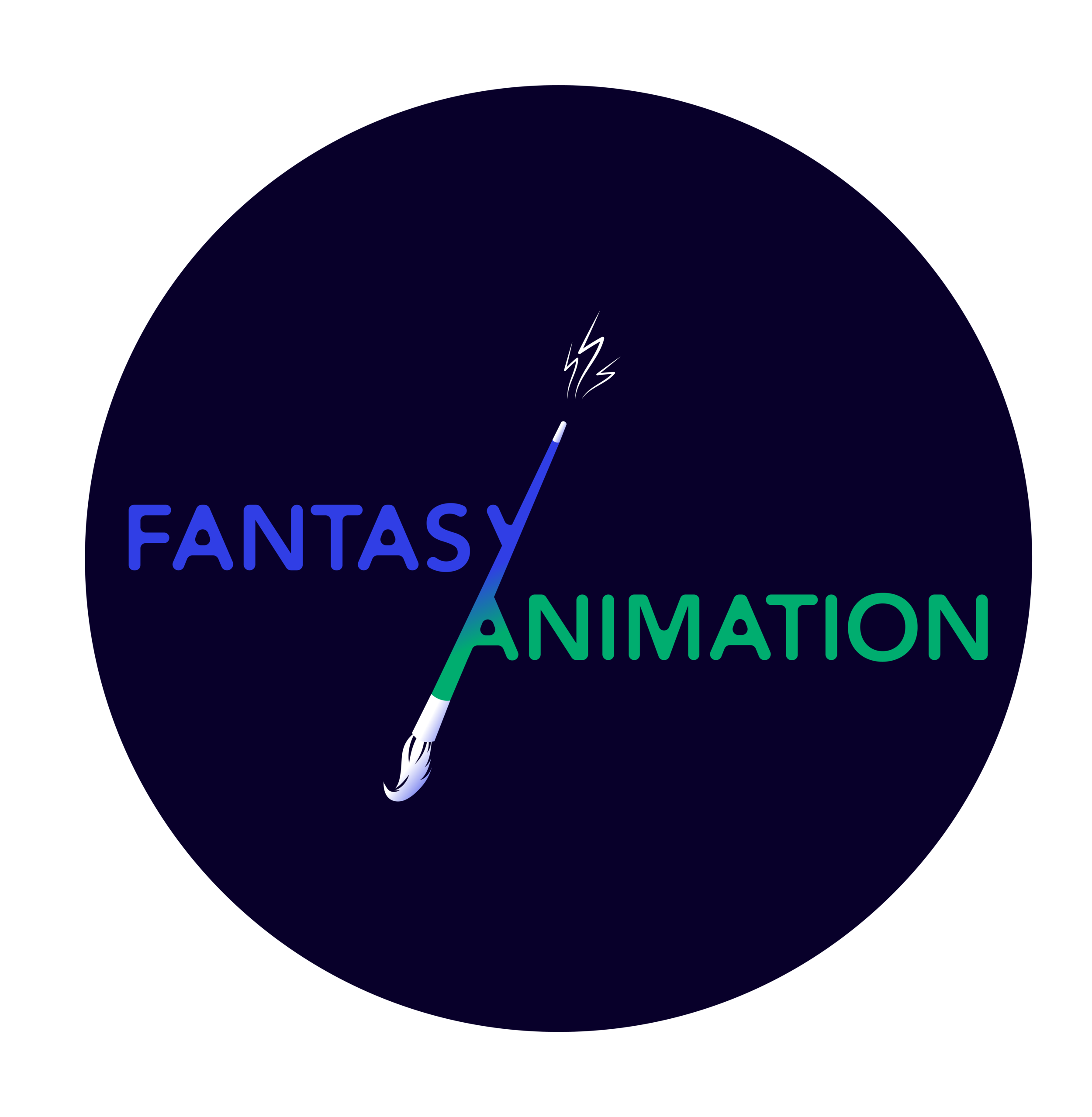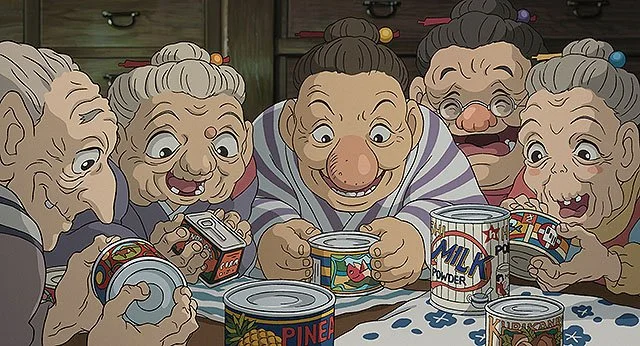The month of January marked the celebration of a milestone anniversary at the BFI Southbank in London with “Cartoon Saloon at 25”, a season dedicated to the Kilkenny studio. The Short Films of Cartoon Saloon, also part of the London Short Film Festival 2024, showcased eight shorts by many of the key figures of the studio. The programme exhibited a great stylistic variety, while also displaying a coherence with the feature films and engagement with complex themes
Read MoreHot on the heels of the return of CEO Bob Iger in November 2022 to replace Bob Chapek, the last 12-18 months have certainly seen some important milestones within the industrial, cultural, and technological history of the Walt Disney Company.
Read MoreThis blog post about Undone (Amazon Prime, 2019-2022) functions as a coping mechanism in light of Undone’s cancellation after two seasons, but also sets out to shed light on fragmented selves and multiverses, tropes that have been particularly prevalent in recent women-centric US TV.
Read MoreTim Burton’s Bodies provides a distinctive body-centric approach to the analysis of Burton’s back-catalogue of animated and live-action films (see Fig. 1 for book cover). Tim Burton is an internationally celebrated filmmaker, animator and artist who has worked in the industry since the 1980s. His work is commercially and critically acclaimed and is mostly associated with the fantasy horror sub-genre, the macabre and spectral, animated corpses and grotesque outsider protagonists.
Read MoreHayao Miyazaki’s The Boy and the Heron (2023) is a beautiful bewilderment. It is the auteur’s innermost introspection on what it means to live, or exactly, how we live. Miyazaki is no stranger to isekai (異世界) world-building with his idiosyncratic imagination. His films combine a sense of the real-world situation with irreal events. The Boy and the Heron is no exception. However, as many reviews have already noted, this film is not an easy ride.
Read MoreMiyazaki Hayao’s newest film, The Boy and the Heron (Kimitachi wa dou ikiru ka『君たちはどう生きるか』lit. “How do you live?”) is a Studio Ghibli film about personal growth in a world you cannot control. It’s a tad amusing, too, if you are reading this review before watching the film. I cannot say whether knowing anything before viewing the film is better, as the studio intended, or if context (and warning) are warranted to level any preconceptions based on Ghibli’s and Miyazaki’s reputations or general hype. In either case, perhaps it is best to view the film free of expectations beyond the obvious: beautiful, hand-drawn Ghibli animation.
Read MoreScreen adaptations of the story about the boy who never grew up are plentiful, and there’s certainly a pleasure in plotting the variations and distinctions of each version. Contrary to the idea that a sequel, another retelling, or another iteration, suggests creative bankruptcy might it instead suggest new things of interest to find in each successive contribution to a particular franchise or filmography.
Read MoreThe Disney Renaissance is one of those curious constructs that circulates among the Walt Disney Company and its fan communities, entering academic studies of Disney animation largely unchallenged. What, exactly, was the Disney Renaissance? One of the many pleasures and privileges of being an animation scholar is not only to think about Disney, but to think about how we think about Disney. And unsurprisingly, a lot of the critical discourse on Disney is shaped by Disney itself.
Read MoreIn seeking to describe the sensation of something irreducibly different about films made prior to the institutionalisation of cinema in 1915, film historian Andre Gaudreault refers to the “alien quality” of early cinema (2011, 36). In this blog post, I explore a technique found in the first decades of filmmaking which is certainly alien to commercial cinema today – the representation of an object, character or place in multiple styles within the same film e.g. live action, illustration, puppetry, stop motion.
Read MoreJust a little over three and a half years into the 2020s, the seeds of the tropes and trends that future generations shall refer to as “2020's cinema” began to sprout. Be it the new string of self-aware whodunits following the success of Knives Out (Rian Johnson, 2019), such as Bodies, Bodies, Bodies and See How They Run (both released in 2022), or the slow resurgence of slashers with Scream sequels, X and Freaky (starting a new chapter for the genre after its self-referential era post-Scream and ‘neo-slasher’ period in the 2000’s), an exciting foundation for this new decade’s cinema has been set.
Read MorePuss in Boots the Last Wish (2022), directed by Joel Crawford, boasts a sizable cast of characters all racing for the Wishing Star’s one wish to grant. The eponymous protagonist, Puss in Boots, is met with resistance from three antagonistic forces: Goldilocks & The Three Bears, Jack Horner, and Death, each of which in turn plays the role of a villain, albeit in ways entirely unique to one another.
Read MoreStar Wars: Visions is an anime anthology series created by Lucasfilm and originally released on September 22, 2021. As an anthology series, the episodes of Star Wars: Visions are all independent from each other, both in plot and production, however even with the narrative and stylistic variety in the series, one episode stands out from the rest visually: the first episode, “The Duel” directed by Takanobu Mizuno and produced by the animation studio Kamikaze Douga.
Read MoreA Monster in Paris, a French CG animated feature film directed by Bibo Bergeron in 2011, pays tribute to both the popular tale of “Beauty and the Beast” and the musical “The Phantom of the Opera,” but perhaps not in the way that you would expect. One night, cabaret singer Lucille finds herself face-to-face with the "Monster of Paris," a giant singing flea brought into creation through the mishap of the movie's comedic relief, Raoul, who creates the enlarged insect by accident thanks to mixing magical potions at the Botanical Gardens. Lucille takes the monstrous creature into her care after finding herself no longer frightened but touched, having overheard a song he sings about his heartache in this strange world.
Read More(OO) is an animated short film directed by Seoro Oh in 2017 that illustrates the unpleasant experiences that someone encounters when they catch a cold. The unnamed protagonist’s journey begins with a sneeze but escalates into a cold. He is shown struggling with breathing through his nostrils and, as a result, finds himself constantly blowing his nose into a tissue. Everyone, at some point in their lives, experiences the feeling of not being able to properly breathe through their nostrils, whether it is because of a cold, being sick in general, or allergies.
Read MoreIn the ever-evolving world of animation, one independent studio dares to push the envelope. Located on a mountain top, surrounded by fields and forests Grateful Motion Studios’ unique setting provides the freedom and space to create exceptional works of art. The latest project from Harrison Killian, founder of Grateful Motion Studios, is an animated short film Rider On The Storm.
Read MoreThe focus of these notes is the animated feature film, Strange Magic (Gary Rydstrom, 2015). Based upon a screen story by George Lucas, who also executive produced the film, it was the last of a group of narratively unconnected animated features that he had an involvement with since the 1980s: namely, Twice Upon A Time (John Korty & Charles Swenson, 1983), The Land Before Time (Don Bluth, 1988), and Star Wars: The Clone Wars (Dave Filoni, 2008).
Read MoreJudging from both the pre-release marketing materials and industry narratives that have surrounded both Mission: Impossible – Dead Reckoning Part One (Christopher McQuarrie, 2023) and Oppenheimer (Christopher Nolan, 2023), one would be forgiven for thinking that Hollywood still retains something of an aversion to digital VFX.
Read MoreI first met Tony when we were drawn together in the same class at middle school. He was always different, rubbing against the tyranny of ‘normality’. Yet, he never accepted being a square peg forced into a round hole. He was always full of energy, creativity and passion. It was clear that he had an extraordinary talent.
Read MoreOver the Garden Wall (2014) is a dark fantasy miniseries created by Patrick McHale and Katie Krentz and produced for the Cartoon Network in 2014 (Fig. 1). The series follows the adventures of two brothers, Wirt and Greg, who are trying to find their way home as they travel through a magical forest.
Read MoreAs the forenote to The Third Act of Mr. Burns, A Post-Electric Play warns: Every story ends on a dark and raging river. And in the act of watching the play unfold, so too are we, the audience, cast into this strange new story, floating in a mass of visual and textual signifiers that are at once familiar and strange.
Read More



















